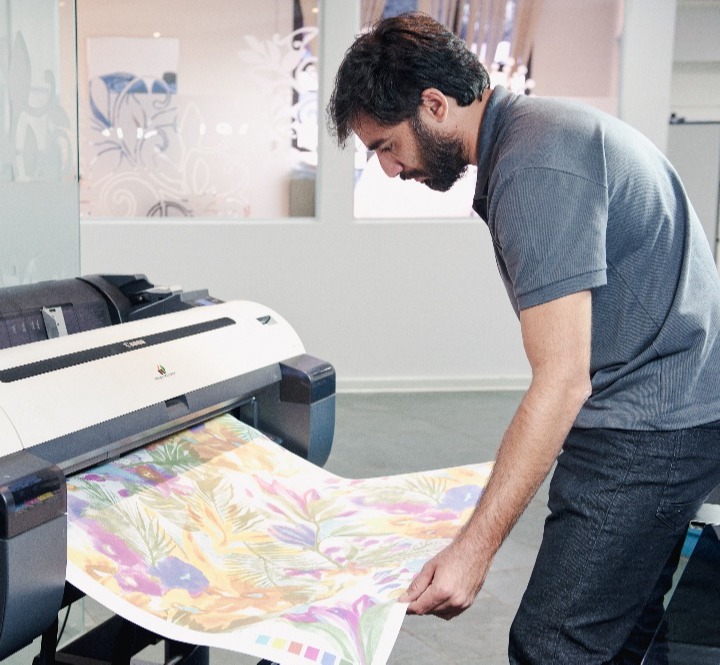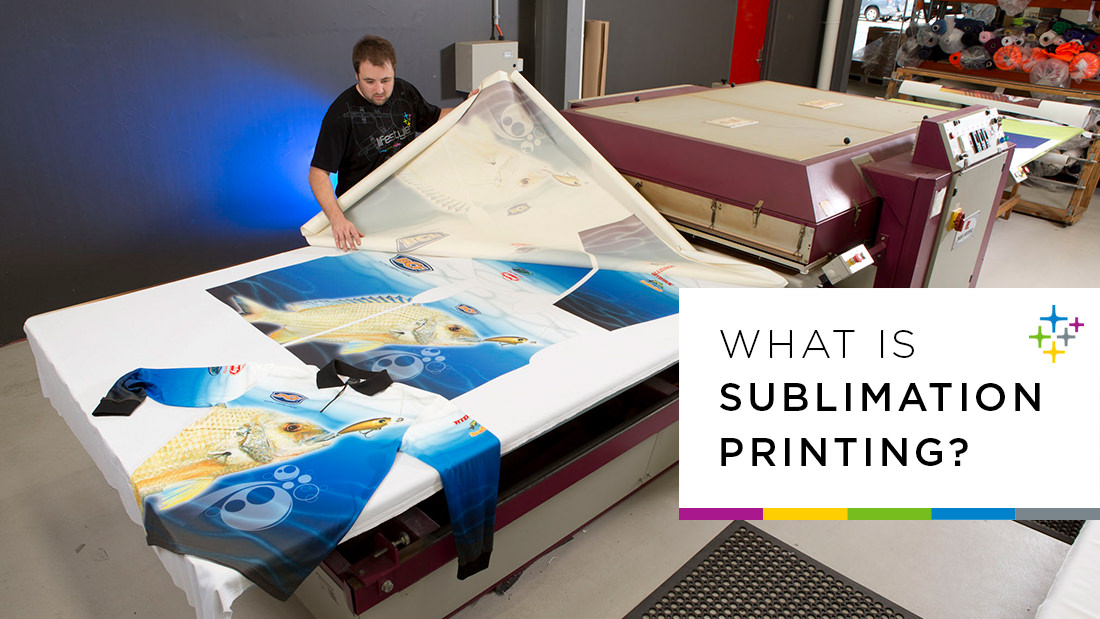Why DTF Printing is the Future of Custom-made Clothing Production
Wiki Article
Advancements in DTF Printing: Just How It's Reinventing the Industry
The textile printing industry is going through a considerable makeover, driven by the sophisticated advancements in Direct-to-Film (DTF) modern technology. These innovations are not just enhancing print quality and convenience yet additionally simplifying the entire printing procedure. With exceptional ink solutions, improved movie and sticky modern technologies, and the integration of automation, DTF printing uses vibrant, durable prints on a selection of fabrics, fulfilling the raising demand for customization. As organizations seek much more eco friendly and effective remedies, the implications of these innovations require a closer evaluation right into just how they are forming the future of fabric printing.Advancements in DTF Innovation
Progressing quickly, DTF (Direct-to-Film) printing modern technology has actually undergone significant renovations that are changing the fabric market. Modern DTF printers use innovative ink solutions that result in dynamic, long lasting prints with high resolution and color precision.
In addition, improvements in movie and adhesive modern technologies have actually boosted the overall application procedure. New movies provide better elasticity and bond, improving the longevity and washability of the published styles - heat transfer vinyl printing. This guarantees that the prints preserve their stability and vibrancy also after numerous laundries
Finally, ecological factors to consider have actually motivated the development of eco-friendly DTF solutions. Suppliers are significantly embracing lasting techniques, such as using recyclable films and water-based inks, aligning with worldwide initiatives to minimize the sector's eco-friendly impact.
Benefits Over Standard Approaches
When contrasting DTF printing to traditional methods such as screen printing and direct-to-garment (DTG) printing, a number of distinctive advantages emerge. sublimation printing. One of one of the most significant advantages is its versatility in material compatibility. Unlike screen printing, which usually needs details material types, DTF printing can be put on a broader variety of materials, including cotton, polyester, and blends, without compromising print high qualityOne more significant advantage is cost-effectiveness, particularly for tiny to medium-sized orders. Conventional display printing comes to be economically feasible only at greater volumes because of the setup expenses involved. In contrast, DTF printing removes these setup costs, making it much more budget friendly for smaller batches and one-off designs.
Moreover, DTF printing masters sturdiness and washability. The prints created are robust and maintain their honesty via several clean cycles, exceeding DTG prints that may discolor or split with time. Furthermore, DTF printing supplies faster turn-around times. Without the demand for comprehensive configuration, styles can be published and moved in a portion of the moment required for screen printing.

Boosted Design Capacities
DTF printing uses boosted design abilities that set it apart from standard printing techniques. The procedure entails publishing a layout onto an unique movie, which is after that transferred to DTF printing material.In addition, DTF printing supports a large range of fabrics, consisting of cotton, polyester, blends, and also non-textile substratums. This convenience opens up doors for innovative applications in diverse sectors such as style, home design, and advertising products. Unlike screen printing, which can be limiting due to color splitting up and stencil development, DTF printing streamlines the process, making photo-realistic and multi-color layouts a lot more accessible.
In addition, DTF printing masters achieving regular color accuracy and vibrancy. This is vital for brand name consistency and conference customer assumptions. The technology also supports special effects, such as metallic surfaces and glow-in-the-dark aspects, further broadening artistic opportunities. Basically, DTF printing equips developers to push the limits of creative thinking, providing visually sensational outcomes that were formerly unattainable.
Price and Time Performance
One of the significant benefits of DTF printing exists in its price and time performance, making it a preferred selection for numerous businesses. By removing the need for screen configurations and substantial pre-production processes, DTF printing considerably minimizes initial expenses. Unlike standard methods that call for substantial financial investment in screens and setup times, DTF printing enables for direct application onto numerous materials with very little preparation. This reduction in arrangement time converts right into faster manufacturing cycles, allowing organizations to accomplish orders a lot more swiftly.In addition, DTF printing stands out in producing brief runs and custom orders cost-effectively. The capability to produce high-grade prints without the need for big volume commitments minimizes waste and enhances source appropriation. This adaptability is specifically helpful for small companies and start-ups that may not have the capital to purchase large manufacturing runs.
In terms of functional performance, DTF printing's structured operations boosts overall productivity. The modern technology's compatibility with a large range of substratums and fabrics even more expands its application scope, lowering the need for several printing systems. As a result, companies can achieve a quicker turnaround time, enhancing consumer fulfillment and competition in the marketplace. Therefore, DTF printing attracts attention as a transformative service in the printing industry.
Future Trends in DTF Printing
Preparing for future trends in DTF printing discloses a landscape marked by fast technological innovations and increased market demand (DTF printing). One significant fad is the assimilation of fabricated knowledge (AI) and device learning algorithms to optimize print top quality and streamline procedures. AI-driven systems can forecast possible concerns and adjust settings in real-time, guaranteeing regularly top notch outputIn addition, improvements in environmentally friendly inks and sustainable products are expected to acquire grip. As environmental worries come to be more important, the sector is most likely to see a shift towards safe and naturally degradable inks, decreasing its eco-friendly footprint.
Personalization and personalization will also play an essential function. With the expanding customer demand for special, personalized products, DTF printing innovations are evolving to use even more thorough and complex personalization options. This trend is sustained by boosted software services that permit even more facility and innovative layouts.
Finally, the assimilation of DTF printing with various other electronic platforms and shopping services will certainly become more seamless. This connectivity will certainly enable services to provide on-demand printing services straight to customers, better driving growth in the industry. These fads jointly highlight a future where DTF printing not only meets yet surpasses the progressing demands of the marketplace.
Conclusion

When comparing DTF printing to standard techniques such as screen printing and direct-to-garment (DTG) printing, numerous distinct advantages arise. Unlike screen printing, which often requires certain material types, DTF printing can be applied to a wider range of materials, including cotton, polyester, and blends, without compromising print high quality.
DTF printing offers boosted layout capacities that establish it apart from traditional printing methods. Hence, DTF printing stands out as a transformative option in the printing sector.
Innovations in DTF printing significantly improve the fabric printing sector by offering exceptional print top quality, adaptability, and efficiency.
Report this wiki page